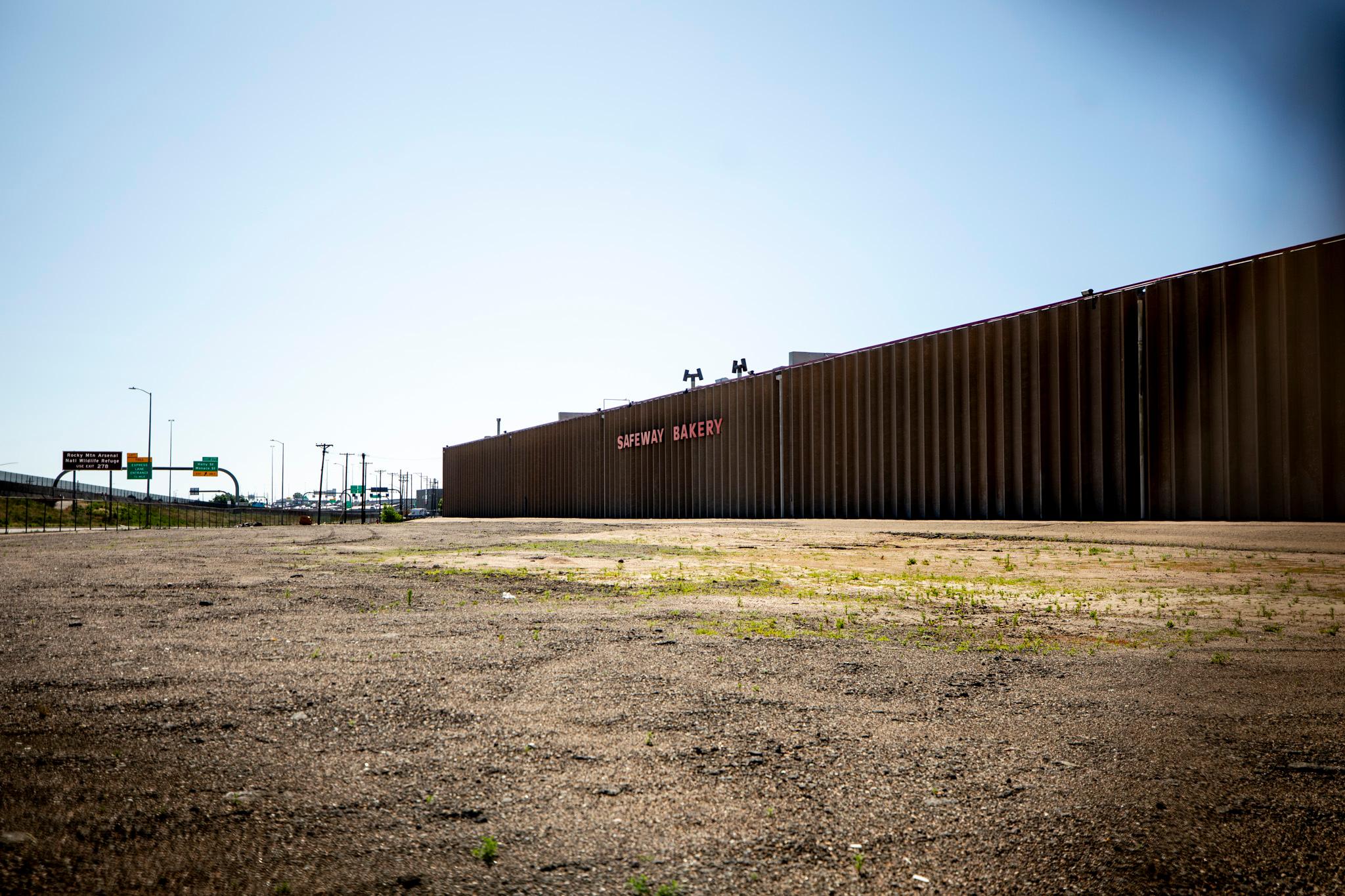
This is “Looking UP! in southern Colorado,” from the Colorado Springs Astronomical Society. I’m Hal Bidlack, and there are lots of reasons to look up!
We’re just a couple of days away from one of the most remarkable astronomical shows you will see in the southern Colorado sky – the Perseid meteor shower!
Meteors are those bright bits of light streaking across the night sky as a tiny bit of dust or rock collides with our atmosphere and glow white hot. Meteor showers, and there are a lot of them during the year, are nearly always the debris left behind by a comet as it swings around the sun.
The most famous, and frankly best, meteor shower is the Perseid meteor shower that comes every August. But once every five years this meteor shower falls on a date very near the new moon, when the skies are especially dark. In those years we get a truly remarkable show. And 2015 is one of those years! If you can get away from city lights you’ll see on average one meteor every minute blaze across the sky.
The Perseid meteor shower is debris from the comet 109P/Swift Tuttle, that was discovered during the Civil War. This comet swings around the sun once every 133 years, most recently visiting the inner solar system in 1992. But the debris left behind shows up every year, and this year’s best viewing is the night of August 12-13.
Look to the northeast and the later you can stay up the better. You’ll start to see regular meteors by 11 PM but they get even more prevalent and more dramatic after midnight and on toward 3 AM. These little bits of BB -sized debris are traveling at 37 miles a second when they smack into the Earth’s atmosphere and burn out roughly 60 miles over our heads. And if you can’t get out on the night of the 12th – 13th, the nights right before and right after will offer a pretty good show, though not quite one meteor per minute.
So stay up late, sit out on the lawn chair looking to the northeast, and enjoy. And be sure to listen to Rocky Mountain High, because John Denver was writing about the Perseid meteor shower when he wrote about seeing it raining fire in the sky.
If you’d like to take a closer look at the Perseids or any of the other wonderful and amazing things in the sky, please visit KRCC.org or CSASTRO.org for a link to information on our monthly meetings and our free public star parties!
This is Hal Bidlack for the Colorado Springs Astronomical Society, telling you to keep looking up, Southern Colorado!








